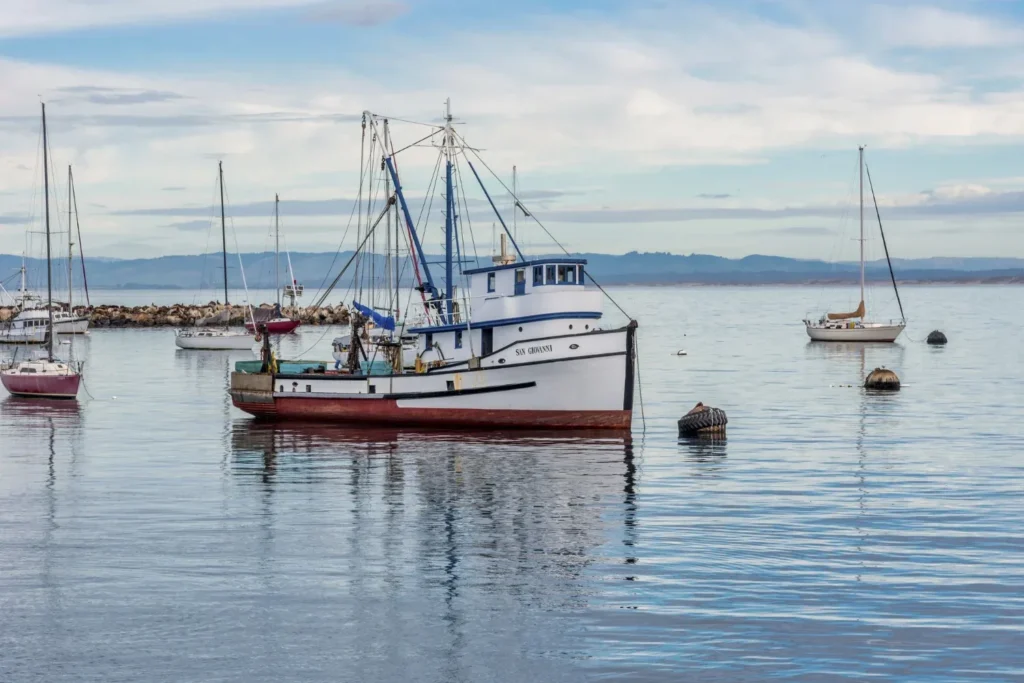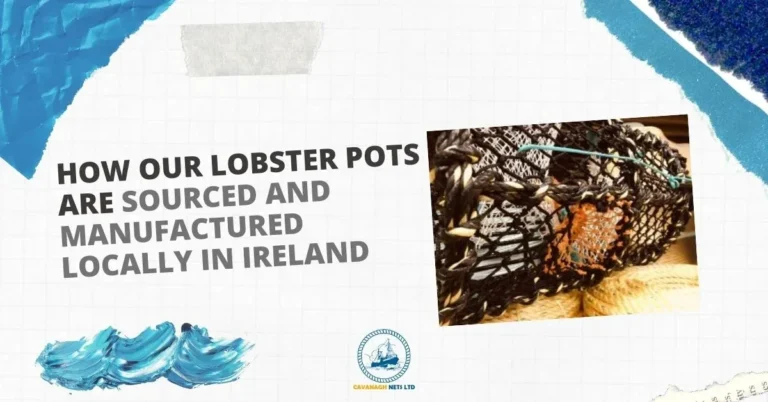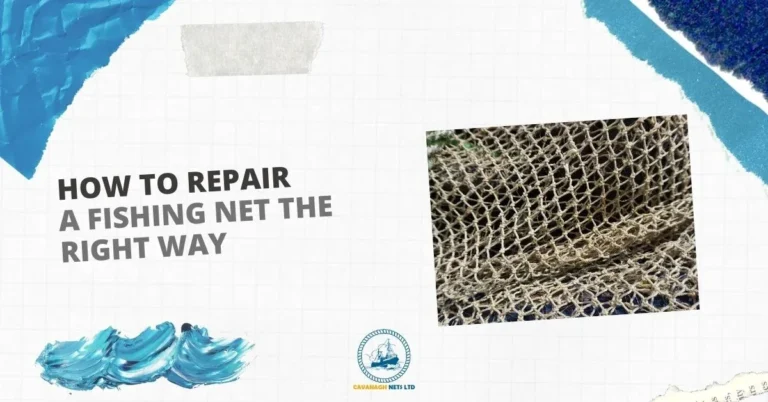TEL: (074) 938-1178 | EMAIL: [email protected]
The Must Have Essentials for Jig Fishing

What is jig fishing, and what do you need?
This method of sport fishing is growing in popularity, partly because even novice anglers can enjoy success – always provided they have the right equipment.
The term ‘jigging’ comes from the movement of small fishes as they rise to the surface, usually in order to feed. Sometimes this is a smooth progression from the bottom upwards, but more commonly they will rise in a series of quick jerks, with pauses in between. The angler, with the right type of rod, reel and lure, attempts to mimic this movement, tempting the target fish to follow the bait, and snatch the lure.
Jig fishing is almost always carried out from a boat.
The novice angler, or one who is not familiar with jig fishing, needs to bear five important factors in mind when choosing where, and how, to fish with this method.
- The first is to know the nature of the bottom; the technique will depend upon this, so it is best to choose an area with which you are familiar, or to ask advice from those who know it well.
- Secondly, plan carefully. Check wind, weather and sea conditions before setting out.
- Thirdly, novice anglers in particular should start by targeting smaller species of fish until they have mastered the basic techniques.
- Fourthly, it is important to know your physical limitations when you progress to larger and heavier fish, and to equip yourself with a fishing fighting belt; some of the fish caught by jig fishing are very heavy.
- And fifthly, as you progress in this skill you will find sonar or sounding equipment helpful.
Sourcing the right equipment
Jig fishing as a method sounds easy. In fact, it is not particularly difficult, but anglers are more likely to succeed if they choose the correct equipment, and this means going to the right supplier.
Brexit has had a seriously negative impact upon many suppliers, but Cavanagh Nets sources its materials in Ireland, and has thereby overcome most of the problems. Delays, if any, are minimal, and both commercial and amateur fishermen can rely upon Cavanagh for a quick response to orders, and to requests for information.
The first essential for jig fishing is a complete jigging line. Cavanagh Nets supplies 100 metres of 0.80 mm Monofilament line fitted with three Neptune rubber makk (that’s a simulated sand eel), three spinners and a weighted trailing lure. This is supplied on a plastic hand with a hand grip for easy reeling and paying out, and is also fitted with a rubber strip on the base in which to bed the hooks when they are not in use, an excellent safety feature. The jigging line is supplied in an easy carry pouch with a handle.
Rubber eels make a very effective bait for cod, haddock, shark and other bottom dwelling fish. Cavanagh Nets offer numbers 8, 10 and 12, fitted with Mustad hooks and swivels, five to a packet, custom made in red.
Monofilament lines in various sizes and breaking strengths are available in 100 metre hanks.
- 0.90mm Monofilament Line for Jigging. Breaking Strength: 35kg.
- 1.20mm Monofilament Line for Jigging. Breaking Strength: 55kg.
- 1.40mm Monofilament Line for Jigging. Breaking Strength: 65kg.
- 1.60mm Monofilament Line for Jigging. Breaking Strength: 82kg.
- 1.80mm Monofilament Line for Jigging. Breaking Strength: 125kg.
An important piece of safety equipment, exclusive to Cavanagh Nets Ltd, are the 66 Degrees North Sleeves, neoprene with elastic cuffs to protect the angler’s arms. They are soft and comfortable, and are slipped over the gloves, affording excellent arm protection. They have a self-grip Velcro adjustment, and are therefore one size. The neoprene cuff is fitted at the wrist with protected stitching, but whilst the fabric and the seams are waterproof the specific shape of the sleeves means they are not completely watertight unless used with a PPE class jacket, smock or coat. The colour is fluorescent red.
Cavanagh Nets Ltd supplies an excellent range of knives to cover any eventuality whilst jig fishing.
The 1509 gutting knife is designed for cod. It has a blue plastic handle, is 250 mm long with a blade length of 120 mm.
The small, serrated bait knife is excellent quality and comes at an affordable price. It has a red handle and is ideal for bait cutting. It is also a useful addition to the kitchen knife range! High polished carbon steel with a blade length of 200 mm.
FK53 wooden handled gutting knife, made from high quality Swedish stainless steel, this excellent knife is ideal for gutting the larger round fish and monkfish. It is 230 mm long.
9153P Mora filleting knife. This knife has a polypropylene handle with a rough texture for an easy and comfortable non-slip grip. The blade is 152 mm long, made of Swedish cold-rolled stainless stell, hardened by the deep refrigeration method at – 80o for maximum hardness of 58 HRC. Colour, black.
Given the essential equipment and the basic knowledge and safety apparatus, even a complete novice angler can expect fun and success at jig fishing, and as their experience and skills increase with time and practice this relatively new method will certainly prove to be a firm favourite.



